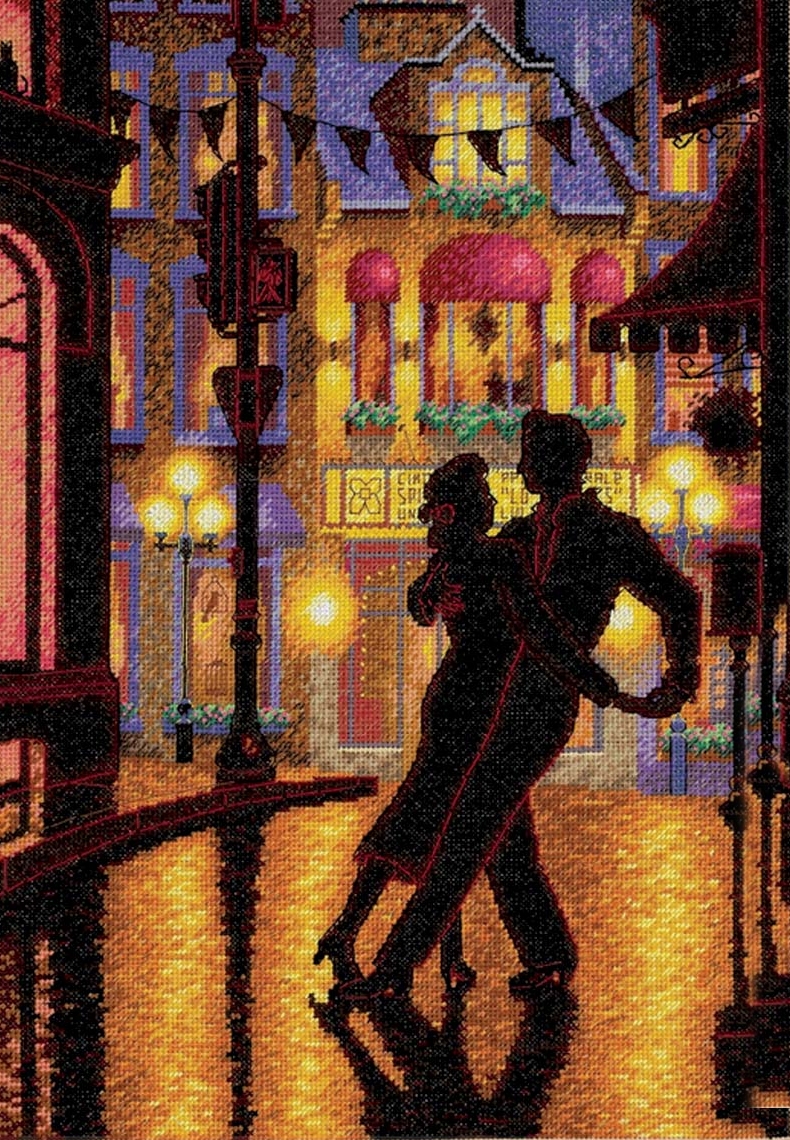Dopo la mostra organizzata da Petit Monet poté godere del sostegno economico e morale di un pubblico finalmente svincolatosi dalle pastoie della pittura accademica.
La gloria, tuttavia, non offuscò né la sua umiltà né le sue ambizioni pittoriche, finalizzate a rendere «l'immediatezza, l'atmosfera soprattutto e la stessa luce diffusa ovunque».
Volendo indagare in maniera più accurata i problemi della luce e dalle sensazioni di colore, dunque, Monet intraprese le cosiddette serie, nelle quali uno stesso soggetto viene ripreso in decine e decine di tele, in modo tale che l'unico fattore cangiante è proprio la luce: si trattava di un'escogitazione pittorica ottimale per dimostrare come la sola luce riuscisse a generare percezioni visive sempre mutevoli e stimolanti.









